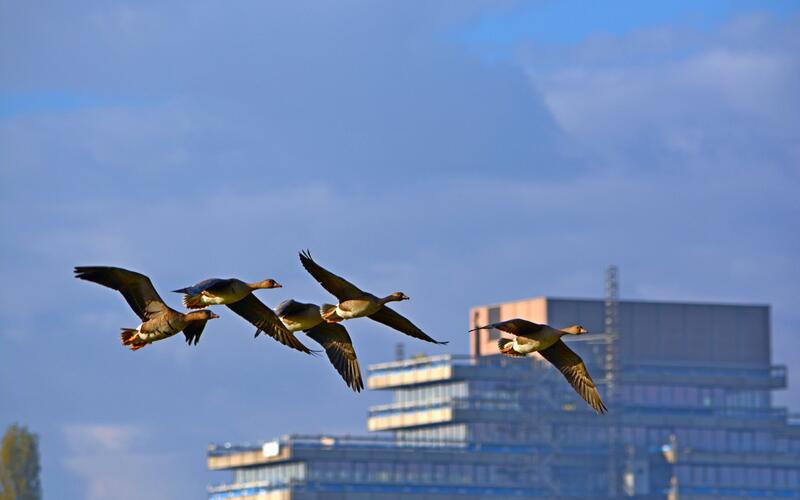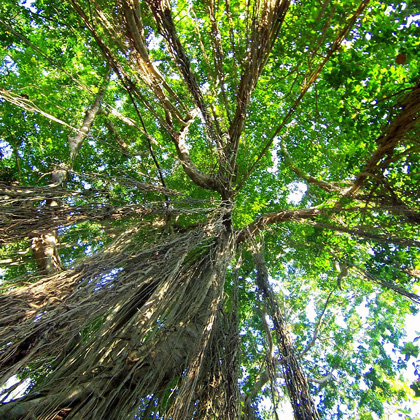Feed the birds: Street trees and urban avifauna

Feed the birds: Street trees and urban avifauna
In the 21st century, urbanization has become one of the most dominant forms of land use in the world. As natural ecosystems are converted to city landscapes, how do urban forests play a role for both birds and humans?
Wood, E. M., & Esaian, S. “The importance of street trees to urban avifauna.” Ecological applications : a publication of the Ecological Society of America, 30(7), (2020). e02149. DOI: https://doi.org/10.1002/eap.2149
As cities continue to expand and encroach on natural habitats, urban forests are becoming increasingly vital to biodiversity. Urban forests – collections of trees within the boundaries of a metropolitan area –are proving vital for one type of wildlife in particular: urban birds. Humans can also benefit from this urban greenery; for example, through cooler temperatures and mental health benefits. However, not all urban forests are equal, and scientists are interested in determining if urban birds prefer some tree species over others for certain benefits like food sources. We need to expand urban forests across cities to create balanced benefits for both birds and humans.
One way to expand urban forests is to plant street trees. City municipalities plant street trees in public areas, often in sidewalk strips. In a two-year study published in Ecological Applications, Dr. Eric M. Wood and graduate student Sevan Esaian investigate how birds use different street tree species across the socioeconomic gradient found in the Los Angeles (LA) area. LA neighborhoods within the study were classified depending on household income and current property values. Within each of these neighborhoods, Wood and Esaian measured and identified nearly 8,000 street trees of over 100 species. Tree density and dominance of each tree species were calculated from these measurements. Researchers surveyed all street trees for birds twice per winter and recorded feeding behavior.
Both year-round and migratory birds preferentially foraged in a mixture of native and nonnative street tree species. These trees included native species, such as coast live oaks and California sycamores, as well as nonnative species such as Chinese elms and carrotwoods. Birds generally avoided all other street trees as food options. However nearly all avoided trees were nonnative species. Feeding birds were found in higher densities in larger, more densely planted street trees. These larger, densely planted habitats occurred more frequently in high-income areas rather than in low-income areas. Migratory birds were twice as dense in high-income areas and year-round birds five times as dense in high-income areas.
The financial costs of maintaining urban greenery allow wealthy neighborhoods to afford amenities such as street trees while low-income neighborhoods cannot. This difference leads to an inequality of street tree benefits across income levels, which was a clear pattern uncovered by the researchers in LA. Understanding the distribution of street trees across a city as well the species most beneficial to wildlife can help urban planners correct this imbalance in a way that is beneficial to both humans and wildlife. The “luxury effect hypothesis” is common in many cities throughout the world.
When city planners curate street tree lists, there should be a balance when considering bird feeding preferences and human benefits. This study gives a promising list of preferred foraging tree species, both native and nonnative, for urban birds in LA specifically and generally in coastal southern California. However, this study also reveals the street tree inequality across the city. People in lower income LA neighborhoods lack the benefits such as temperature regulation and mental health benefits that higher income neighborhoods enjoy. Improving street tree management in lower income areas within the city would be beneficial to both the wildlife and the people found in these neighborhoods.




